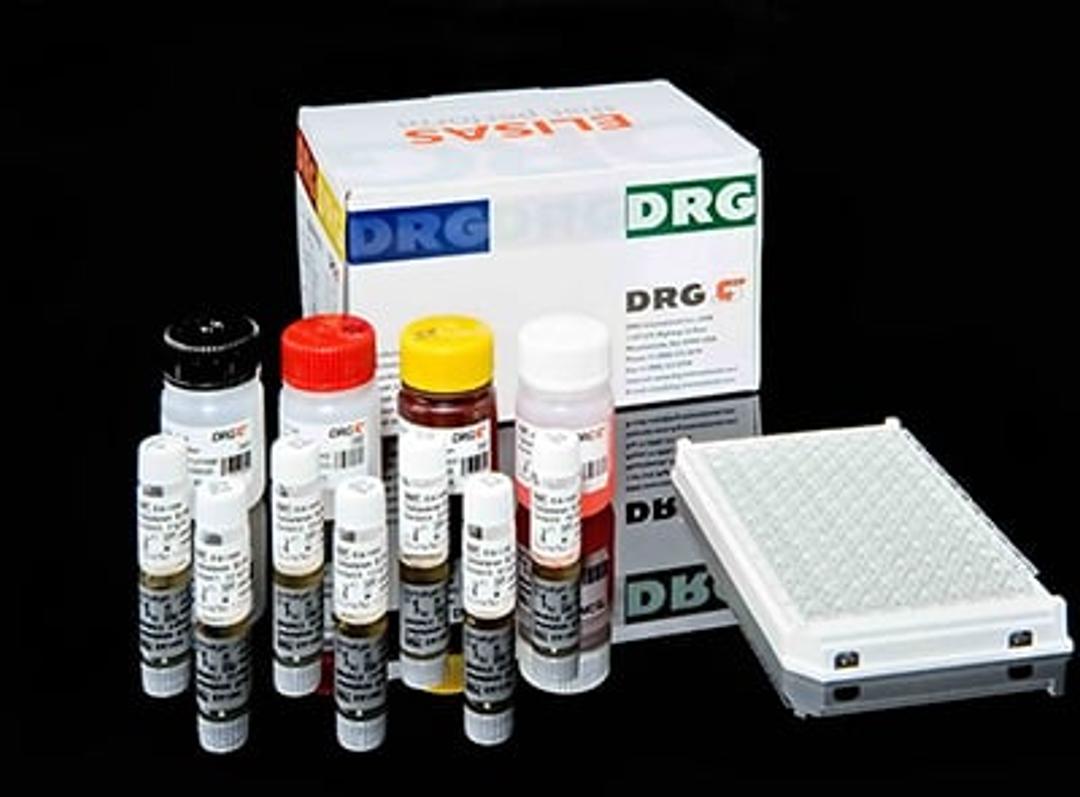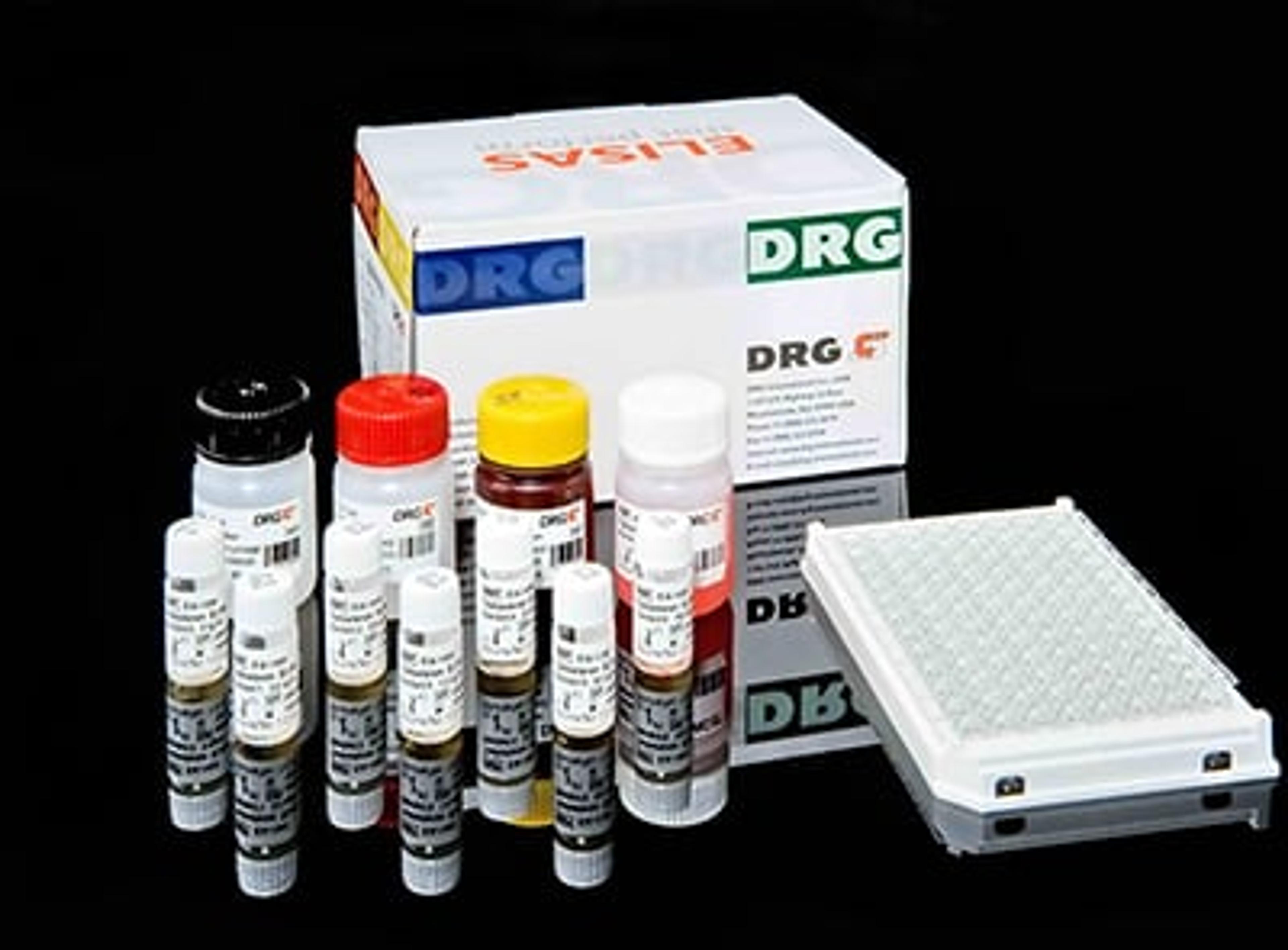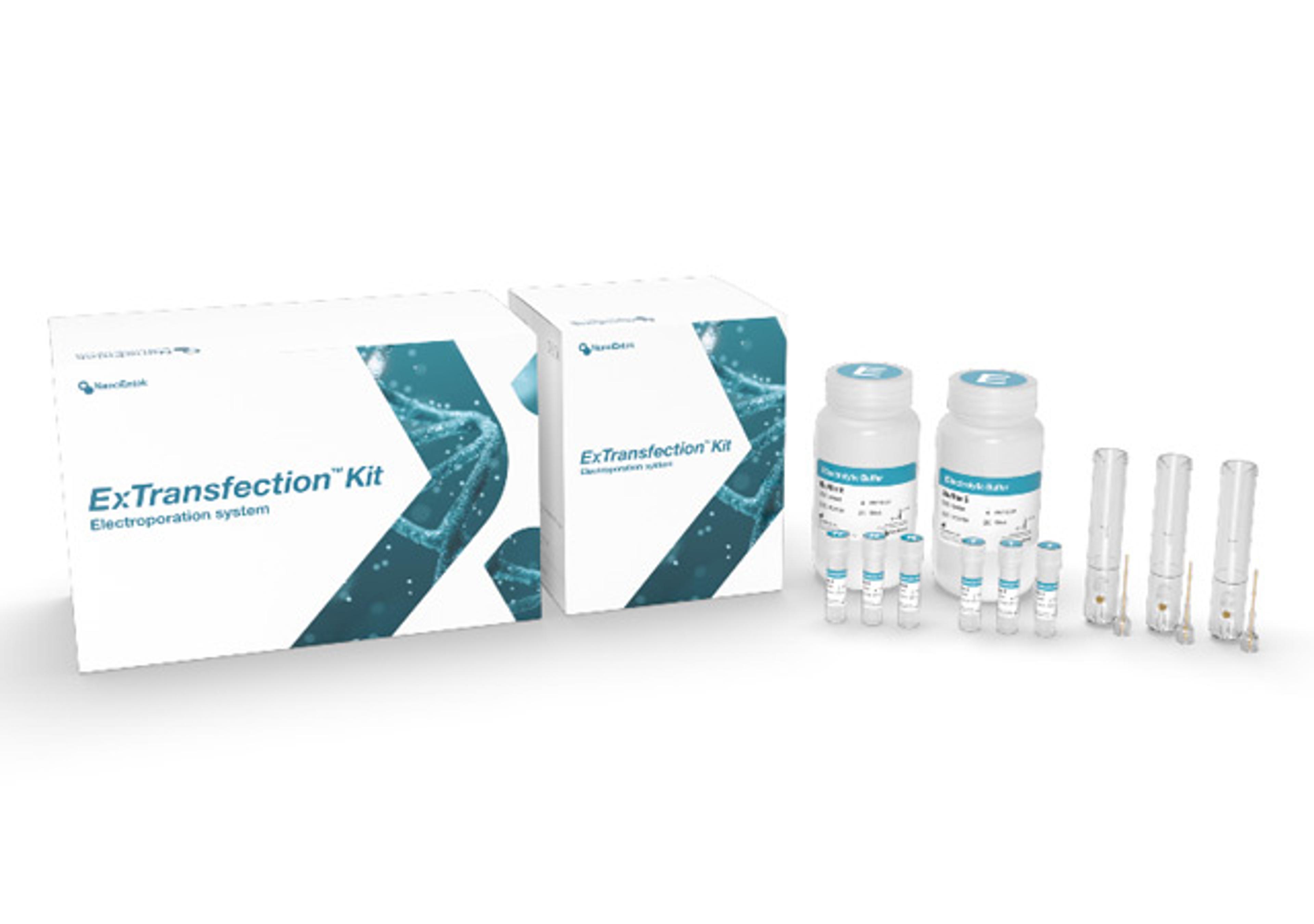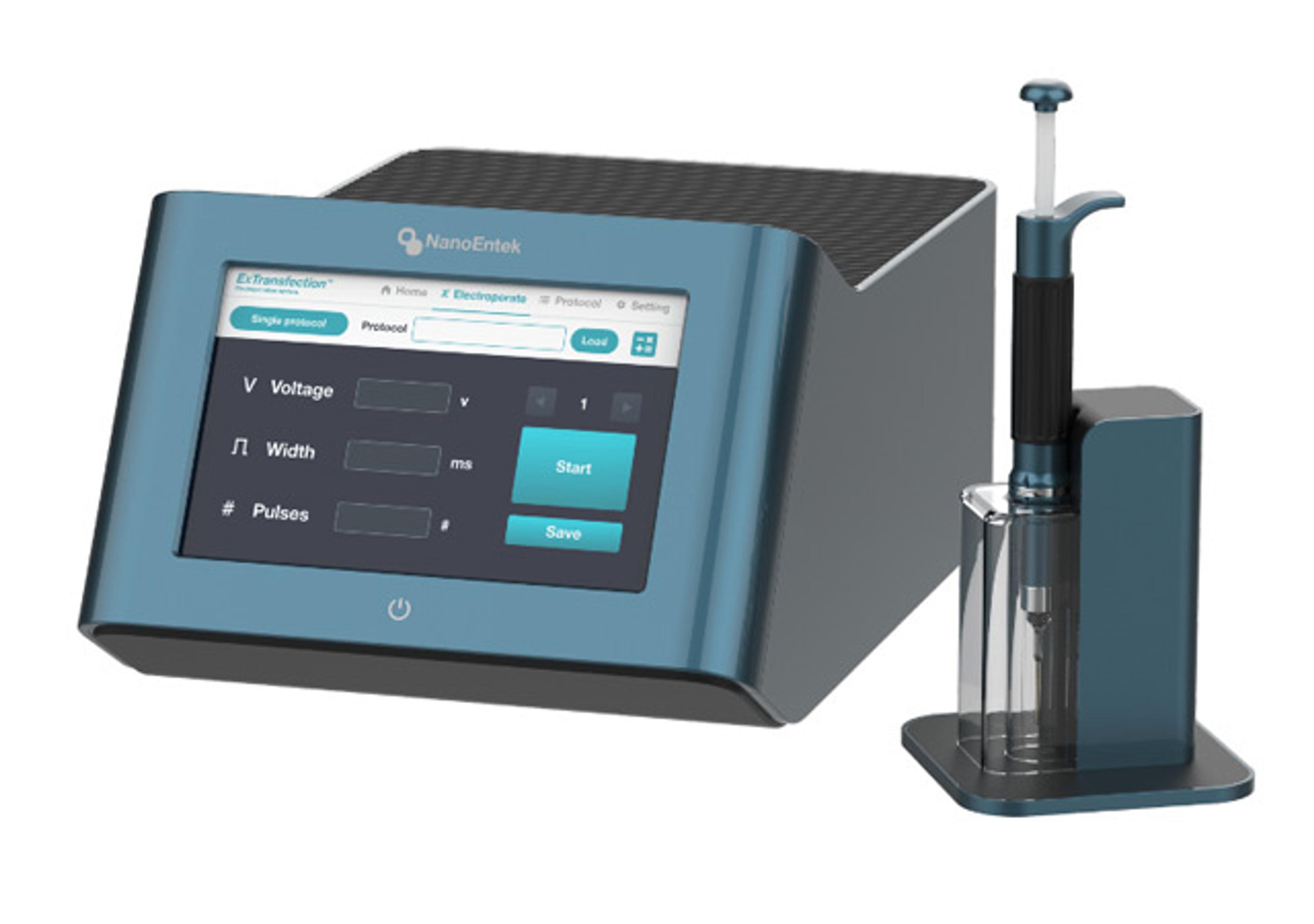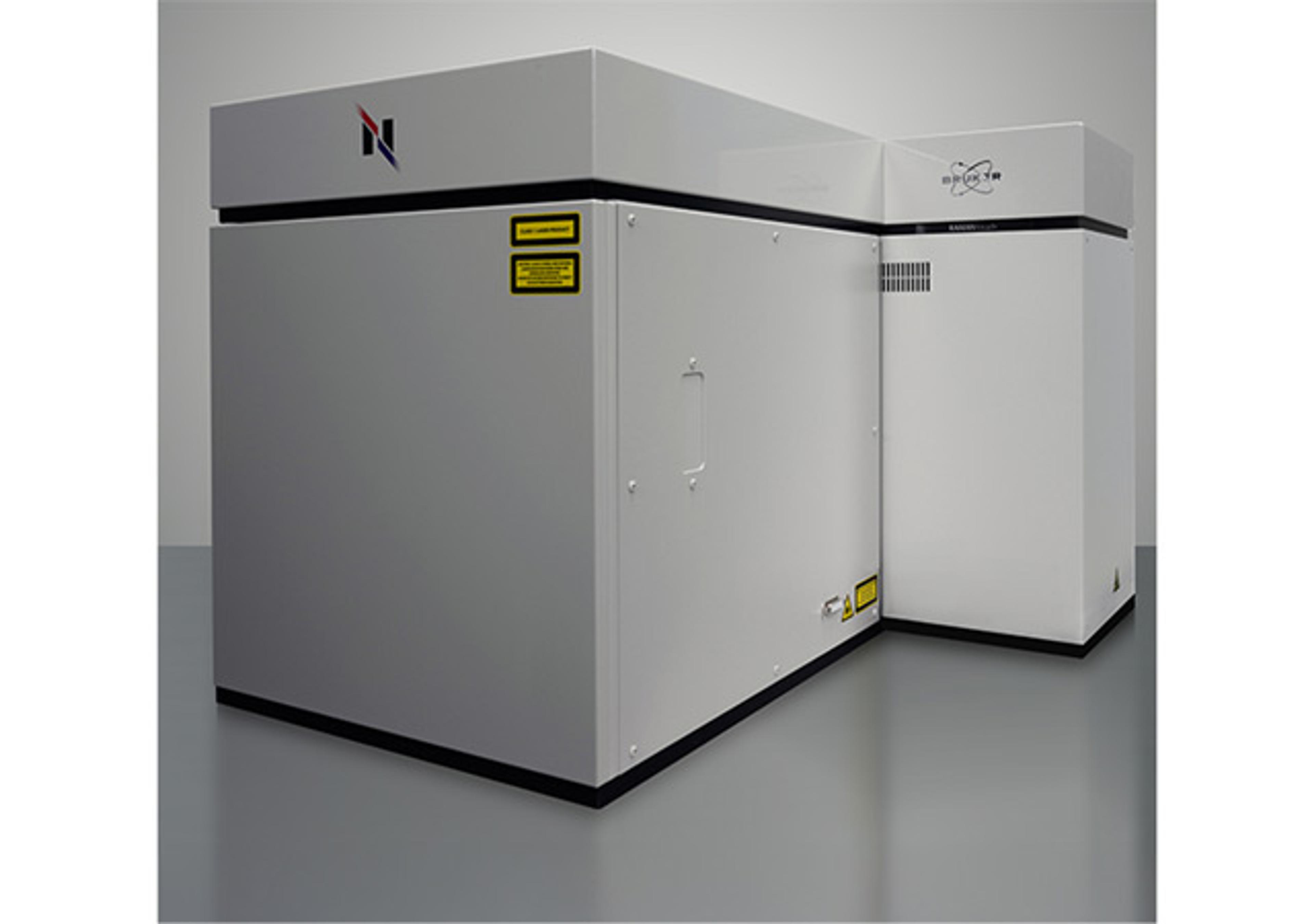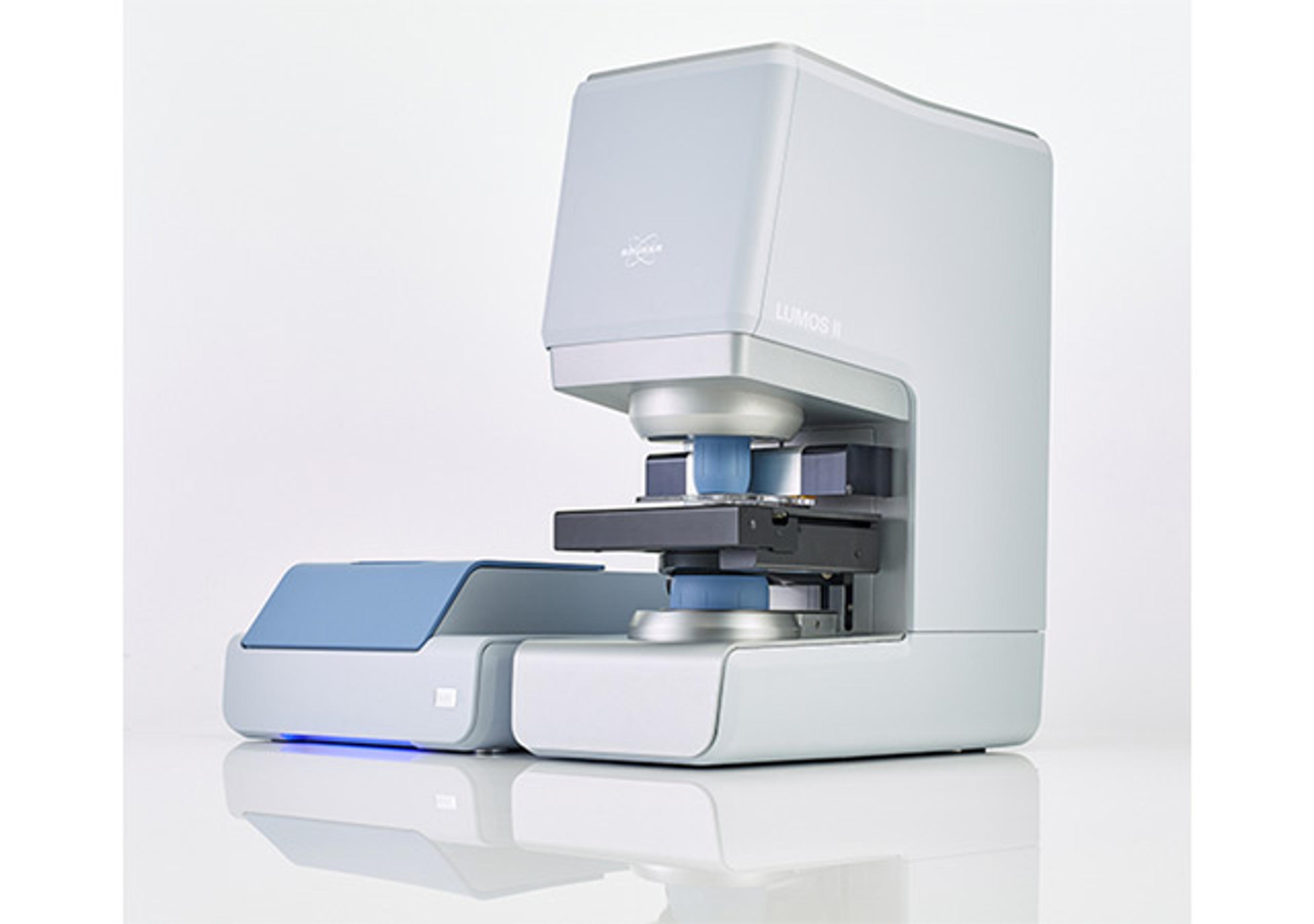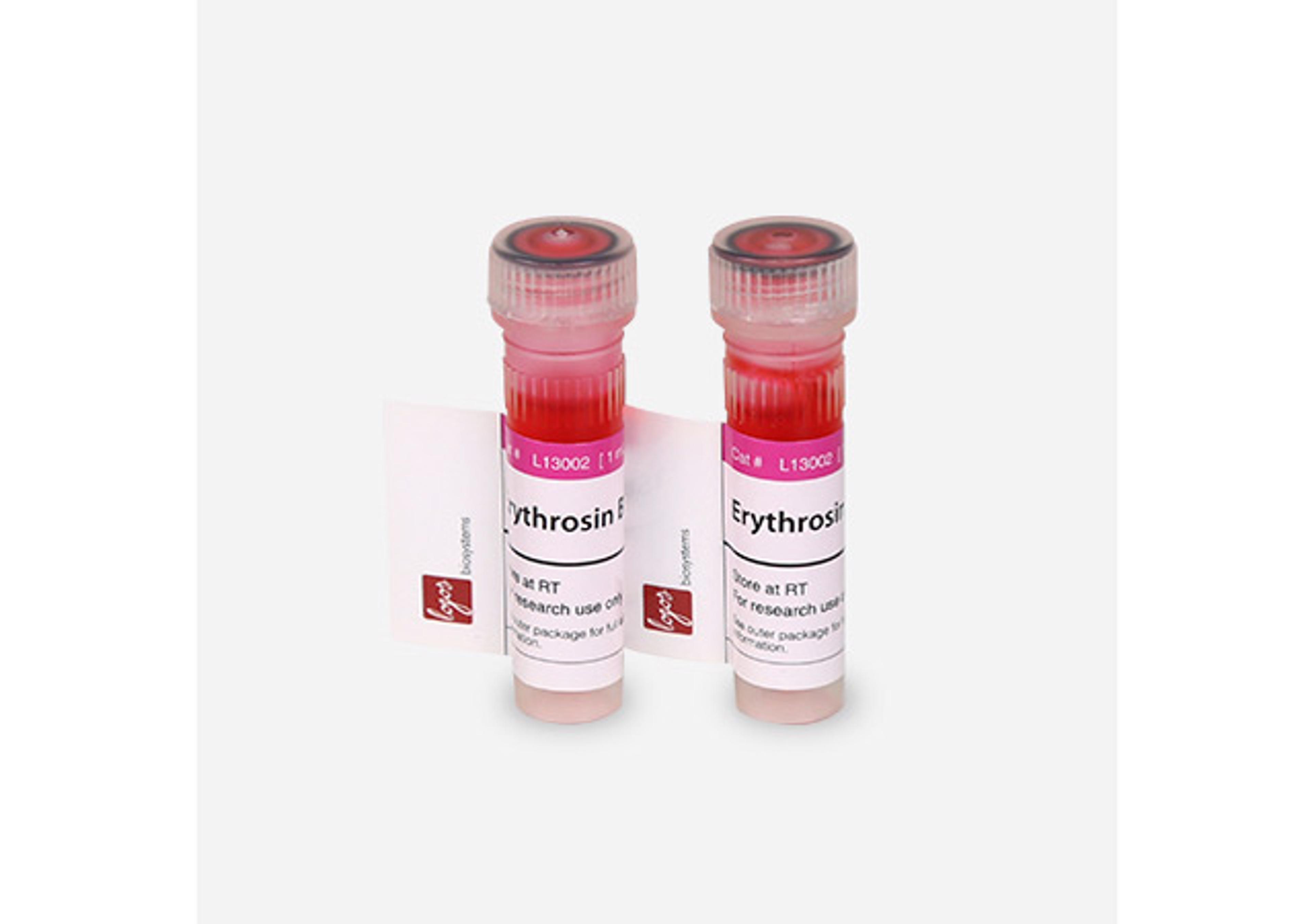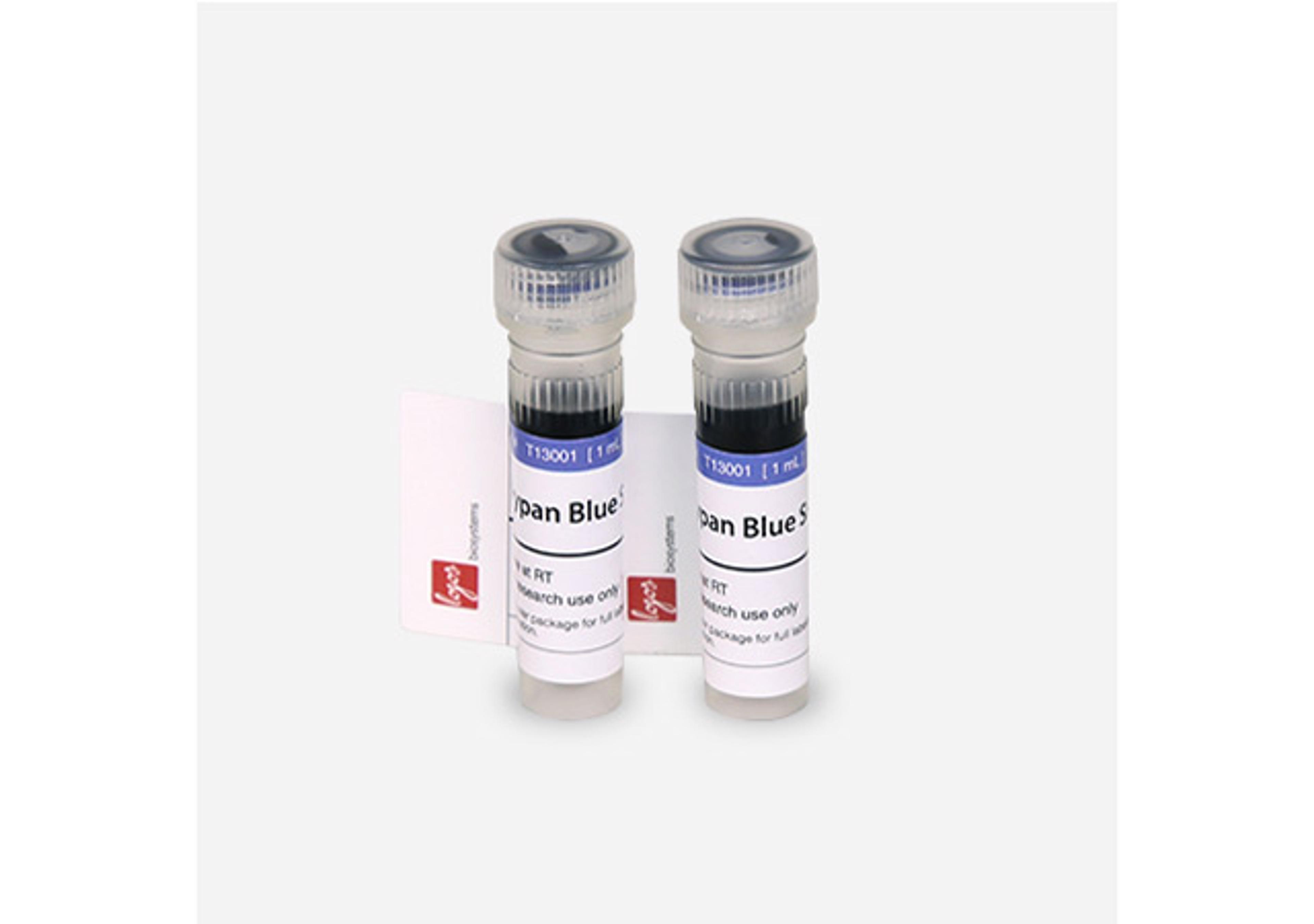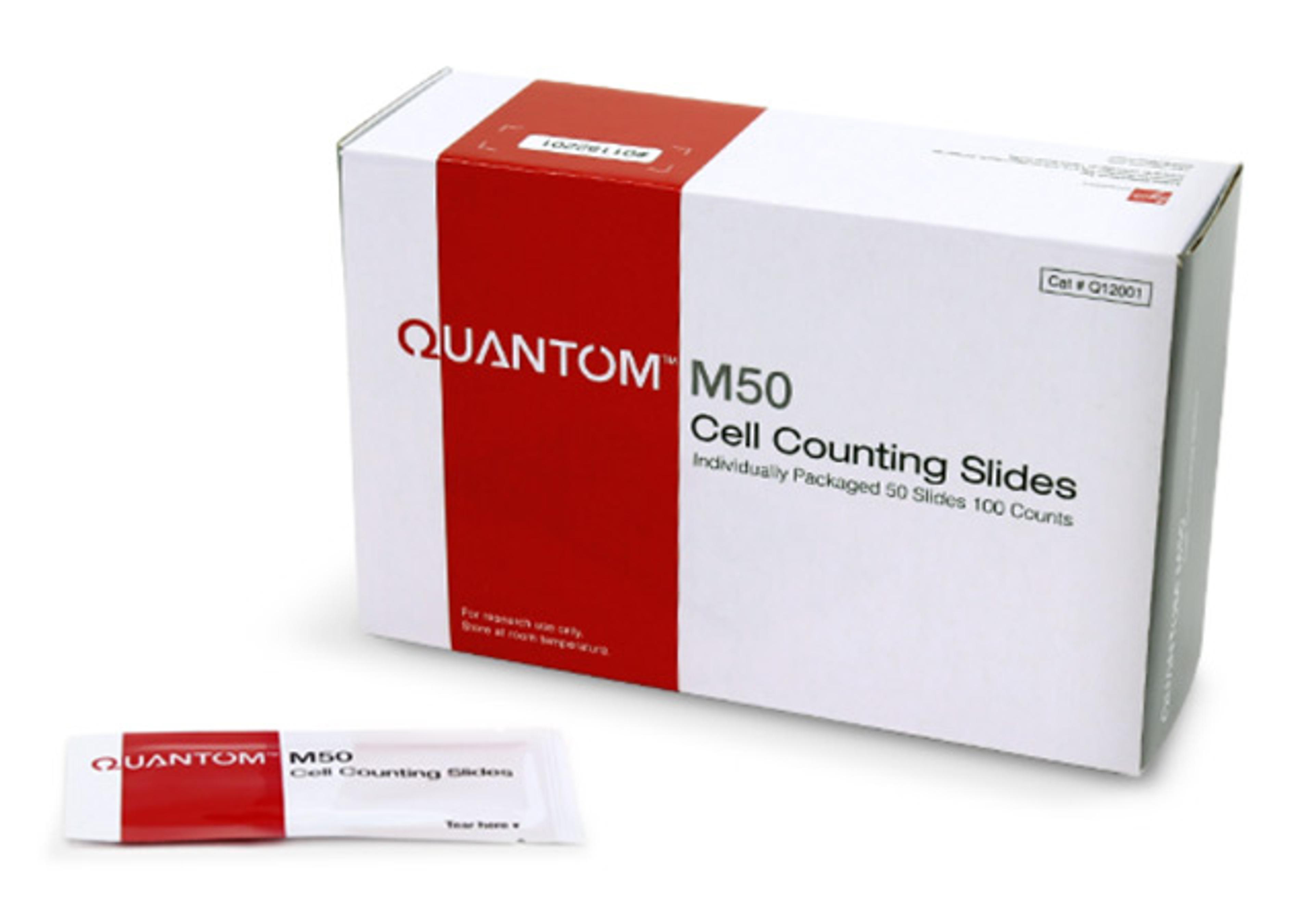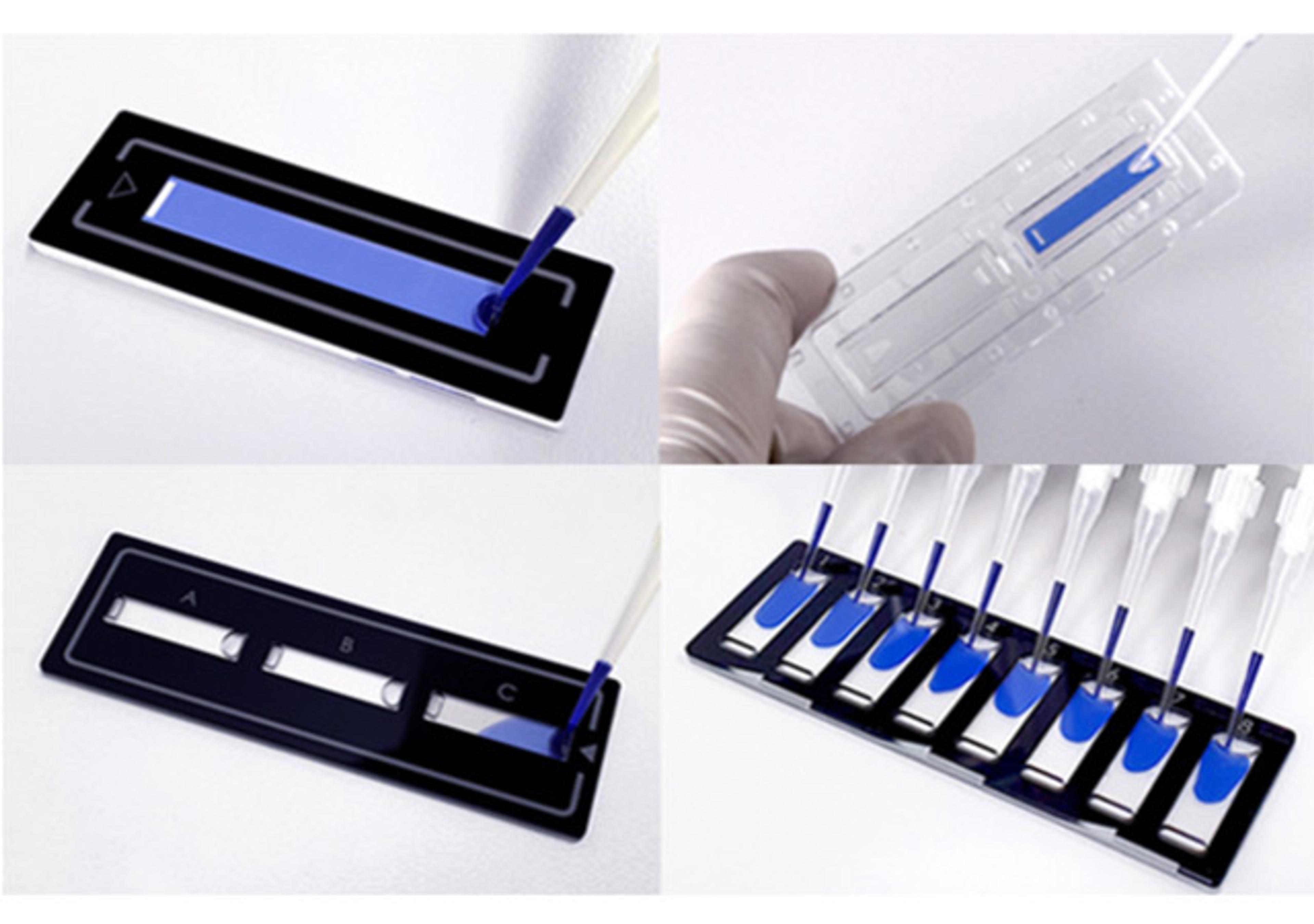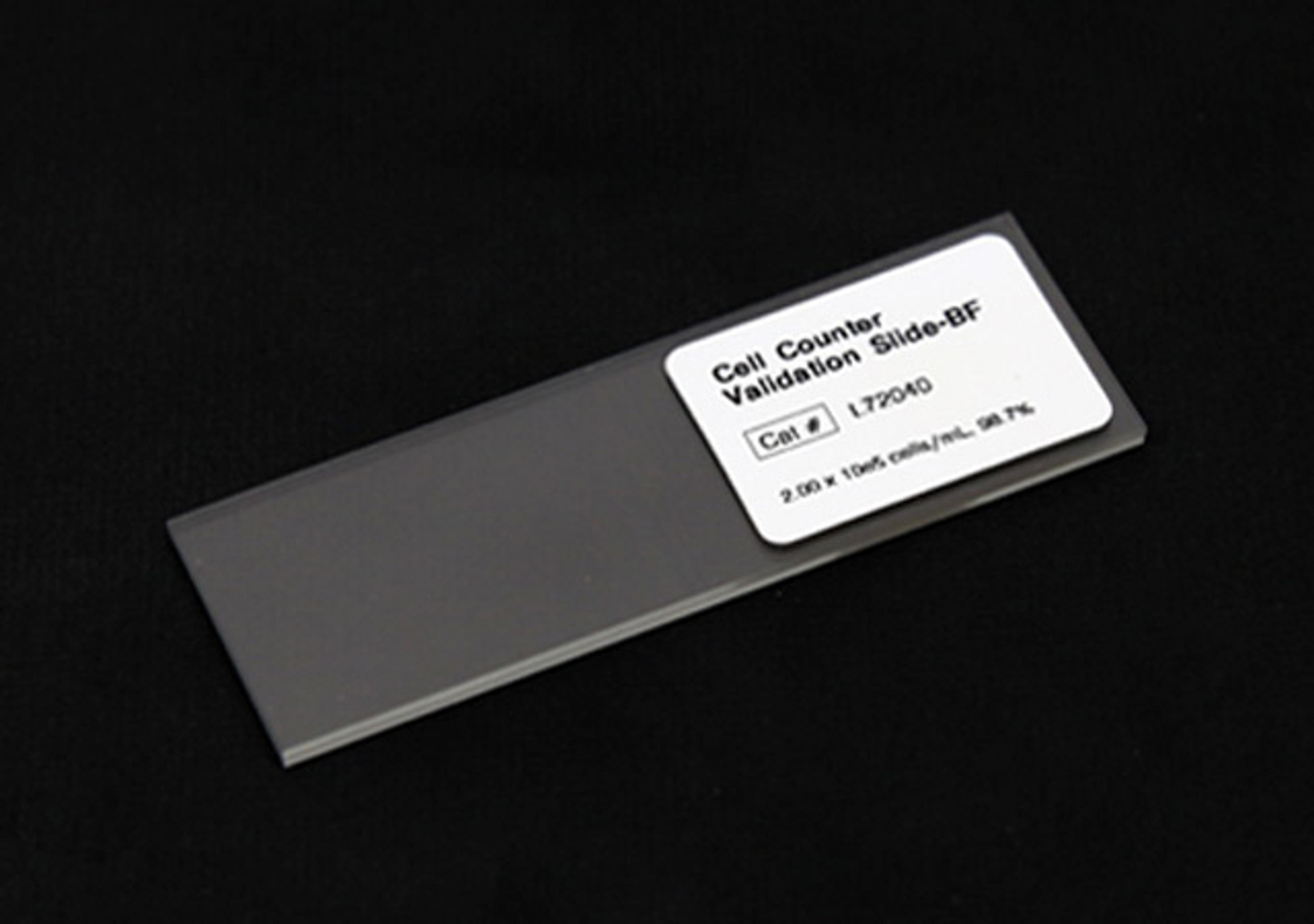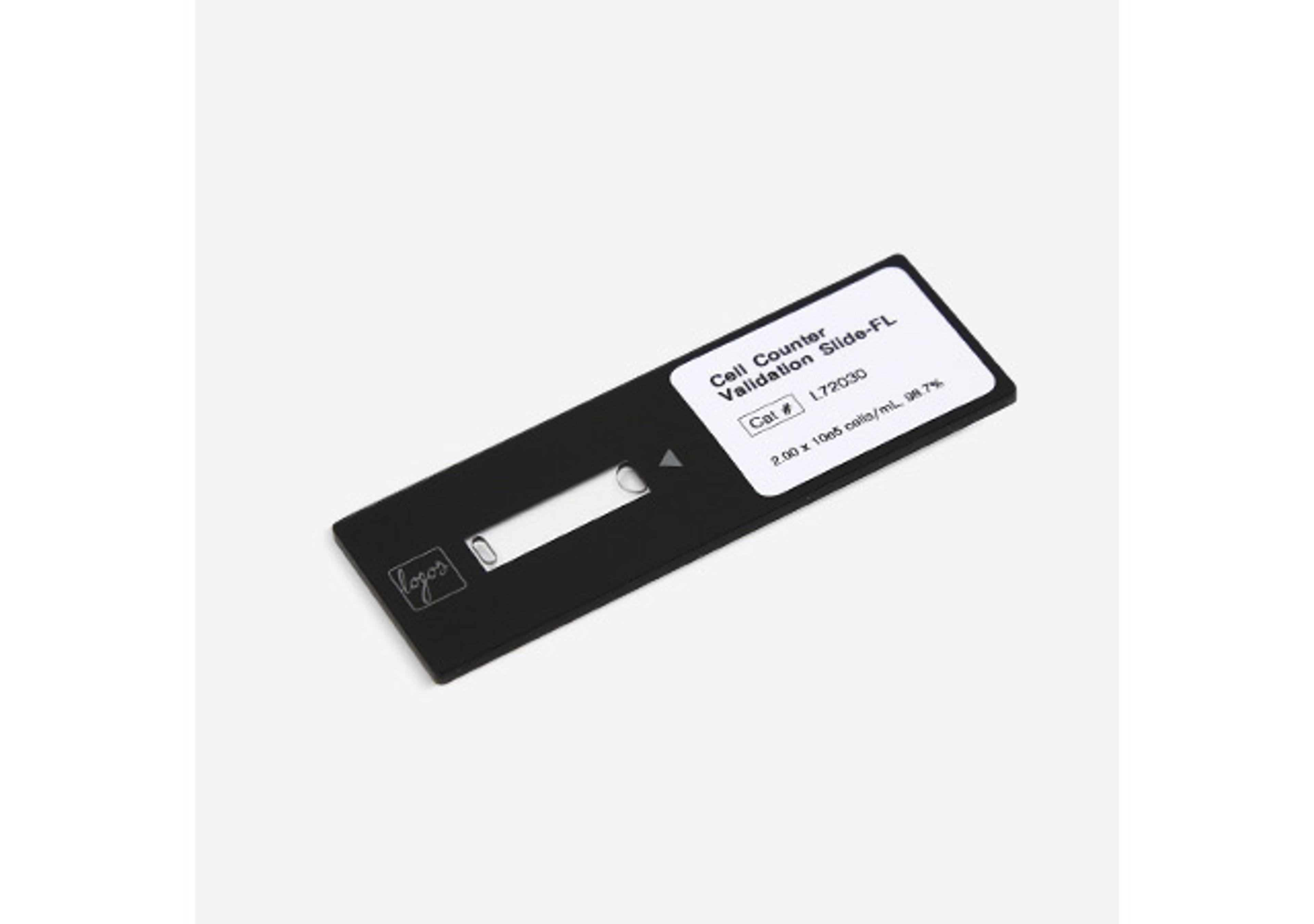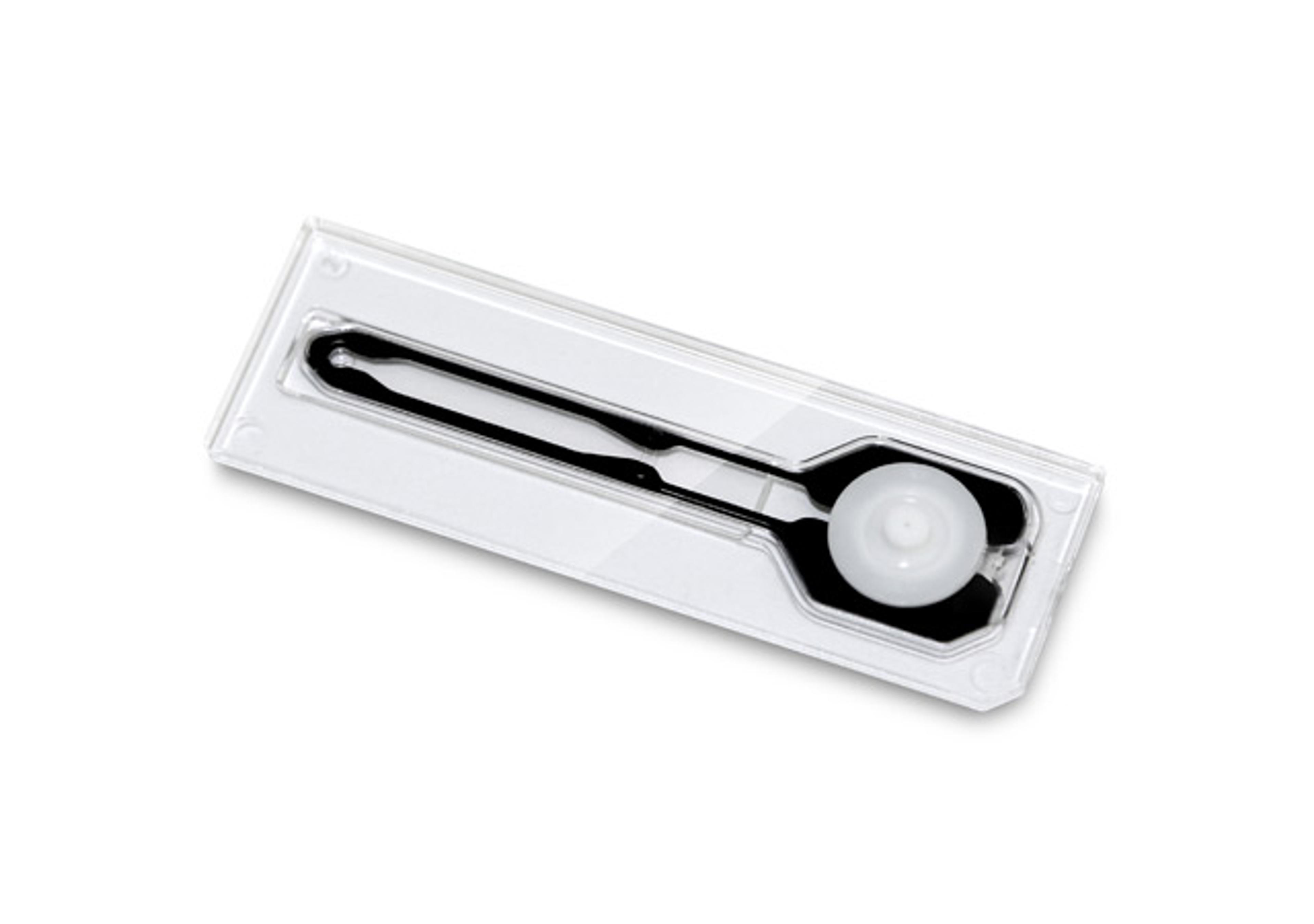Vitamin B6 (Pyridoxin)
High Quality Assays with Reproducible and Reliable Results

The supplier does not provide quotations for this product through SelectScience. You can search for similar products in our Product Directory.
The Vitamin B6 Kit is a microtiter plate test kit based on a microbiological assay which measures the vitamin B6 content (pyridoxine, pyridoxal, pyridoxamine) in serum. The test kit contains all required reagents, e.g. standard, medium and microtiter plate coated with a specific microorganism, sufficient for 96 determinations including standard curves. An ELISA reader is required for evaluation of the vitamin B6 content.The vitamin B6 group comprises three natural forms: pyridoxine, pyridoxamine and pyridoxal, which, during metabolism, are converted to the enzymatically active form pyridoxal-5-phosphate (P5P). Pyridoxal-5-phosphate (here described as "vitamin B6") is a cofactor in more than a hundred enzyme reactions. One of its functions is to perform transamination, a key step in both breaking down and producing amino acids in the body.Vitamin B6 is also necessary for the synthesis of neurotransmitters, as well as hemoglobin in red blood cells. And vitamin B6 plays a central role in fat metabolism.Vitamin B6 deficiency can be considered as a risk factor for myocardial infarction, peripheral vascular diseases and atherosclerosis, especially in connection with the regulation of homocysteine metabolism. The serum samples are enzymatically pre-treated in order to determine the total vitamin B6 content. The diluted samples are transferred in the wells of a microtiter plate coated with Saccharomyces cerevisiae which metabolizes vitamin B6. The additionof vitamin B6 in either standards, controls or samples gives avitamin B6-dependent growth response until vitamin B6 isconsumed. After incubation at 30 °C for 44 - 48 hr, the growth of Saccharomyces cerevisiae is measured turbidimetrically at 610 - 630 nm (alternatively at 540 - 550 nm) in an ELISA-reader and a standard curve is generated from the dilution series. The amount of vitamin B6 is directly proportional to the turbidity.

